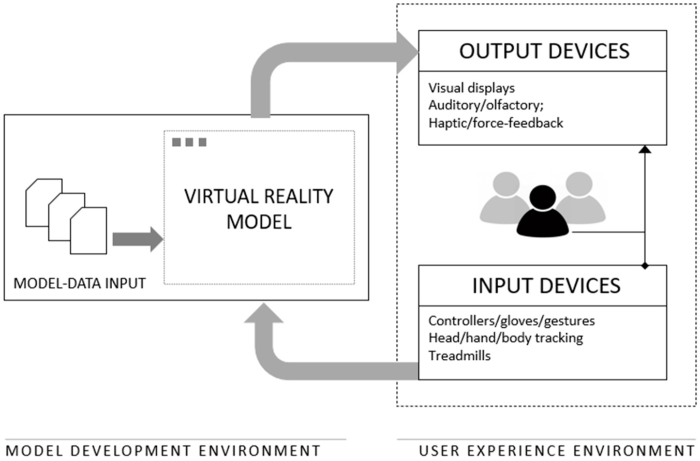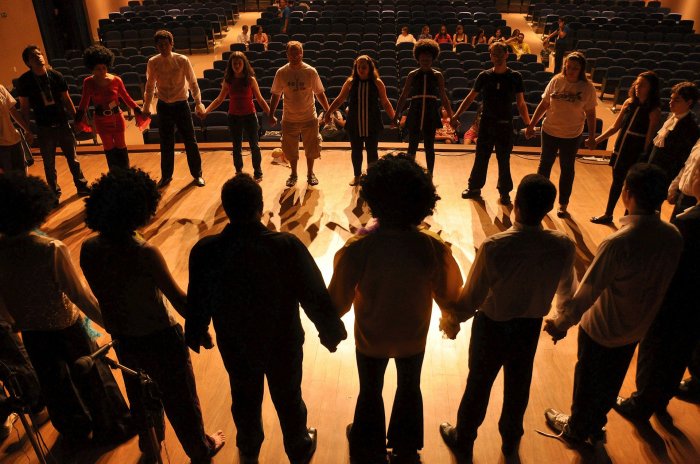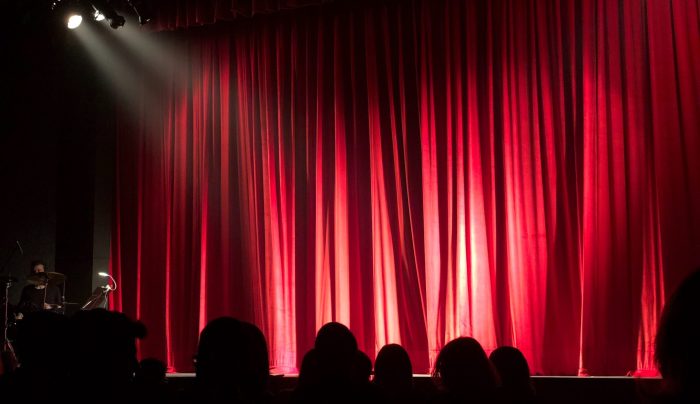Common goals of lighting design are verisimilitude and atmosphere. – Lighting design plays a crucial role in shaping the believability and atmosphere of a scene or environment. By skillfully manipulating light, designers can create realistic illusions, evoke emotions, and set the stage for compelling narratives.
Verisimilitude, the illusion of reality, is achieved through the accurate depiction of light sources, shadows, and textures. Atmosphere, on the other hand, refers to the emotional and sensory impact of lighting, influencing the mood, tone, and ambiance of a space.
Verisimilitude in Lighting Design
Verisimilitude in lighting design refers to the ability to create a believable and realistic environment through the use of lighting. It involves mimicking the natural light sources and conditions to enhance the credibility of the scene or environment.
By manipulating the direction, intensity, and color of light, designers can create realistic shadows, textures, and depth. This helps to establish a sense of place and time, making the audience feel immersed in the environment.
Consideration of natural light sources and the time of day is crucial for achieving verisimilitude. The position of the sun or moon, as well as the time of day, will affect the direction, intensity, and color of the light, and these factors should be accurately represented in the lighting design.
Atmosphere in Lighting Design

Atmosphere in lighting design refers to the ability to create a specific mood, tone, or ambiance through the use of lighting. It involves evoking emotions and setting the stage for a particular narrative.
Different lighting techniques can be used to create different atmospheres. For example, warm and soft lighting can create a cozy and inviting atmosphere, while cold and harsh lighting can create a sense of unease or suspense.
The use of color, intensity, and direction of light can significantly impact the atmosphere of a space. Color can evoke emotions, intensity can create contrast and drama, and direction can guide the audience’s attention and create a sense of depth.
Combining Verisimilitude and Atmosphere

In lighting design, the goals of verisimilitude and atmosphere are often intertwined. Lighting designers must balance the need to create a realistic environment with the need to evoke emotions and set the stage for a particular narrative.
Achieving both verisimilitude and atmosphere requires careful planning and consideration of the context and purpose of the lighting design. It involves understanding the natural light sources, the time of day, and the desired mood or tone of the scene.
Successful examples of combining verisimilitude and atmosphere can be found in films, theater productions, and architectural lighting design. These examples demonstrate how lighting designers can create environments that are both realistic and evocative.
Lighting Design Techniques

| Technique | Description | Examples | Suitability |
|---|---|---|---|
| Three-Point Lighting | Uses three light sources (key light, fill light, and back light) to create depth and dimension. | Film and television production, stage lighting | Versatile technique suitable for various scenarios |
| High-Key Lighting | Uses bright and even lighting to create a cheerful and optimistic atmosphere. | Commercial photography, product displays | Suitable for creating a sense of spaciousness and cleanliness |
| Low-Key Lighting | Uses low levels of lighting to create a dramatic and mysterious atmosphere. | Film noir, horror movies | Suitable for creating a sense of tension and suspense |
| Naturalistic Lighting | Mimics natural light sources to create a realistic and believable environment. | Documentary filmmaking, architectural lighting | Suitable for creating a sense of authenticity and immersion |
| Color Grading | Adjusting the color temperature and saturation of light to create a specific mood or atmosphere. | Film and television production, photography | Suitable for enhancing the emotional impact of a scene or image |
Frequently Asked Questions: Common Goals Of Lighting Design Are Verisimilitude And Atmosphere.
What is the primary purpose of lighting design?
To enhance the visual appeal, functionality, and emotional impact of a space.
How can lighting create a sense of atmosphere?
Through the use of color, intensity, and direction, lighting can evoke emotions, set the mood, and create a specific ambiance.
What are some common lighting techniques?
Techniques include ambient lighting, accent lighting, backlighting, and natural lighting.